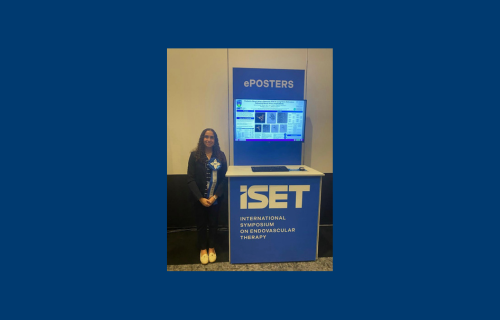New paper focuses on the development of a machine learning model that acts as a ‘‘radiomic warning-sign’’ on brain MRI in individuals with MS
Tuesday, 16 January, 2024
Share

 UCD School of Medicine alumnus Dr Brendan S. Kelly and the team including Clinical Professor Ronan Killeen, have published a paper exploring how radiomics could be a game-changer in predicting multiple sclerosis (MS) progression. Their model distinguishes potential prelesions from normal-appearing white matter, paving the way for early intervention strategies.
UCD School of Medicine alumnus Dr Brendan S. Kelly and the team including Clinical Professor Ronan Killeen, have published a paper exploring how radiomics could be a game-changer in predicting multiple sclerosis (MS) progression. Their model distinguishes potential prelesions from normal-appearing white matter, paving the way for early intervention strategies.
MS is a complex and progressive neurological disorder, often relying on MRI for diagnosis. Detecting early signs of progression is key but challenging.
The team delved into the world of radiomics, extracting intricate features from brain MRIs of people with MS. Their machine learning model based on radiomics features successfully differentiated prelesions from NAWM. This result suggests that radiomics features from NAWM could serve as an imaging biomarker for progression of MS on MR imaging.
The study involved 167 participants, with a detailed analysis conducted on a training/test set of 147 individuals. Their diverse cohort included both internal and external validation, ensuring comprehensive insights.
The XGBoost model had an impressive 0.91 accuracy on their test set. At a broader dataset, their model demonstrated a solid performance with 0.74 accuracy.
The full paper was recently published in the American Journal of Neuroradiology (AJNR) and can be read (opens in a new window)here.
Congratulations to the entire team.